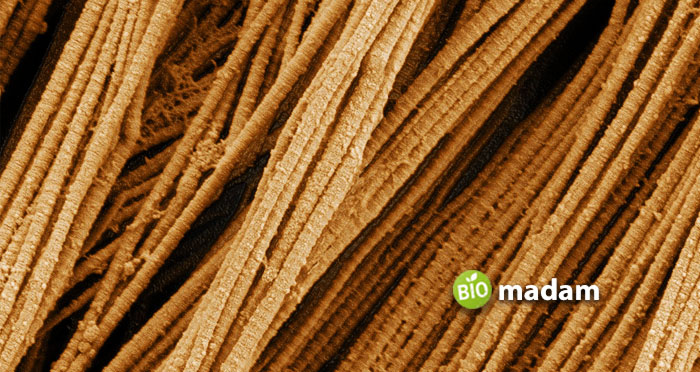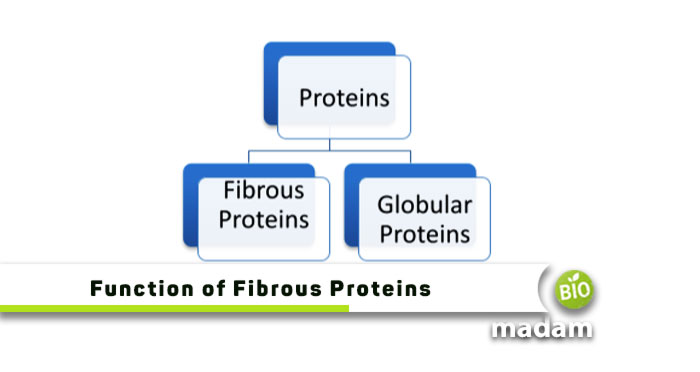Proteins are the building blocks of the body and are present around the body framework. They are not only a part of muscles but also your hair and nails. Proteins are also involved in many chemical reactions in the body and the transport of material from one part to another. Different kinds of proteins perform different functions, and each is vital in its specific way.
Proteins are divided on the basis of their structure and function, giving rise to multiple classifications. Based on their structure, they are categorized into globular and fibrous proteins. Both are responsible for their specific functions and role in body growth and development. In this article, we will discuss the structure and function of fibrous proteins in detail.
What are Fibrous Proteins?
As the name indicates, fibrous proteins are long wire-like in shape and are composed of repetitive amino acid sequences. They possess primary, secondary, and tertiary structures, which make them resistant to different types of enzymes. They are insoluble in water, weak bases, and weak acids yet solubilize in strong acids. One of the reasons for their strength is the strong hydrogen bonds between the molecules and compounds. Fibrous proteins are also known as scleroproteins.
Functions of Fibrous Proteins
Fibrous proteins are mainly involved in structural functions in the body. The structure of these proteins helps maintain body shape as they are required to form tendons, ligaments, muscle fibers, and connective tissue. Fibrous proteins help tendon and muscle movements at joints. They also contribute to the formation of body features like nails and hair.
Examples of Fibrous Proteins
- Collagen is the most common and major example of fibrous proteins present in our connective tissue and gives strength to all body parts. It is the most abundant protein in humans, found in hair and skin.
- Keratin is another protein abundantly distributed in nails, hair, and skin. It is also present in internal body organs.
- Fibroin is not found in the human body; silkworms use it to produce silk.

FAQs
What is the difference between fibrous and globular proteins?
Globular proteins are quite different from fibrous proteins in their structure and function. Opposed to fibrous proteins, globular proteins are spherical in shape and less resistant to temperature and pH. They are easily soluble in water and acids and bases.
What are other types of proteins?
Proteins are categorized based on different attributes, including their structure and function. They may be classified as storage proteins, structural proteins, antibodies, hormonal proteins, transport proteins, and contractile proteins.
Is insulin a fibrous protein?
No, insulin is not a fibrous protein. Instead, it is a globular protein and helps regulate glucose content in the bloodstream.
The Bottom Line
Fibrous proteins are long-stranded proteins made of repeating units of the same or different amino acids. The polypeptide chains are arranged parallel, providing them with a straight structure. They are an integral part of the skin, nails, hair, connective tissue, and bones. Fibrous proteins are resistant to changes in pH and temperature and do not dissolve in water.

Jeannie has achieved her Master’s degree in science and technology and is further pursuing a Ph.D. She desires to provide you the validated knowledge about science, technology, and the environment through writing articles.

